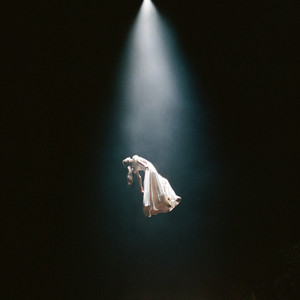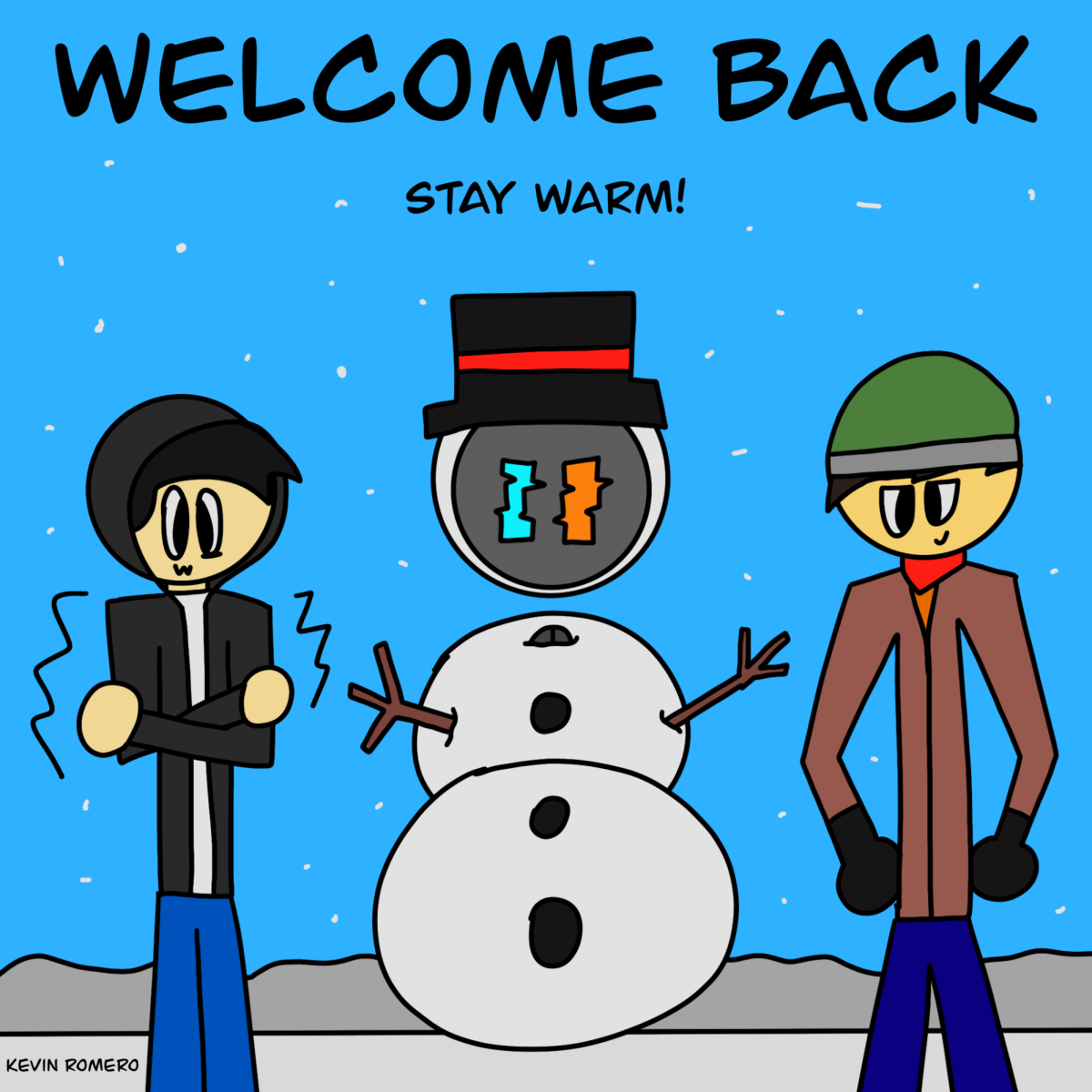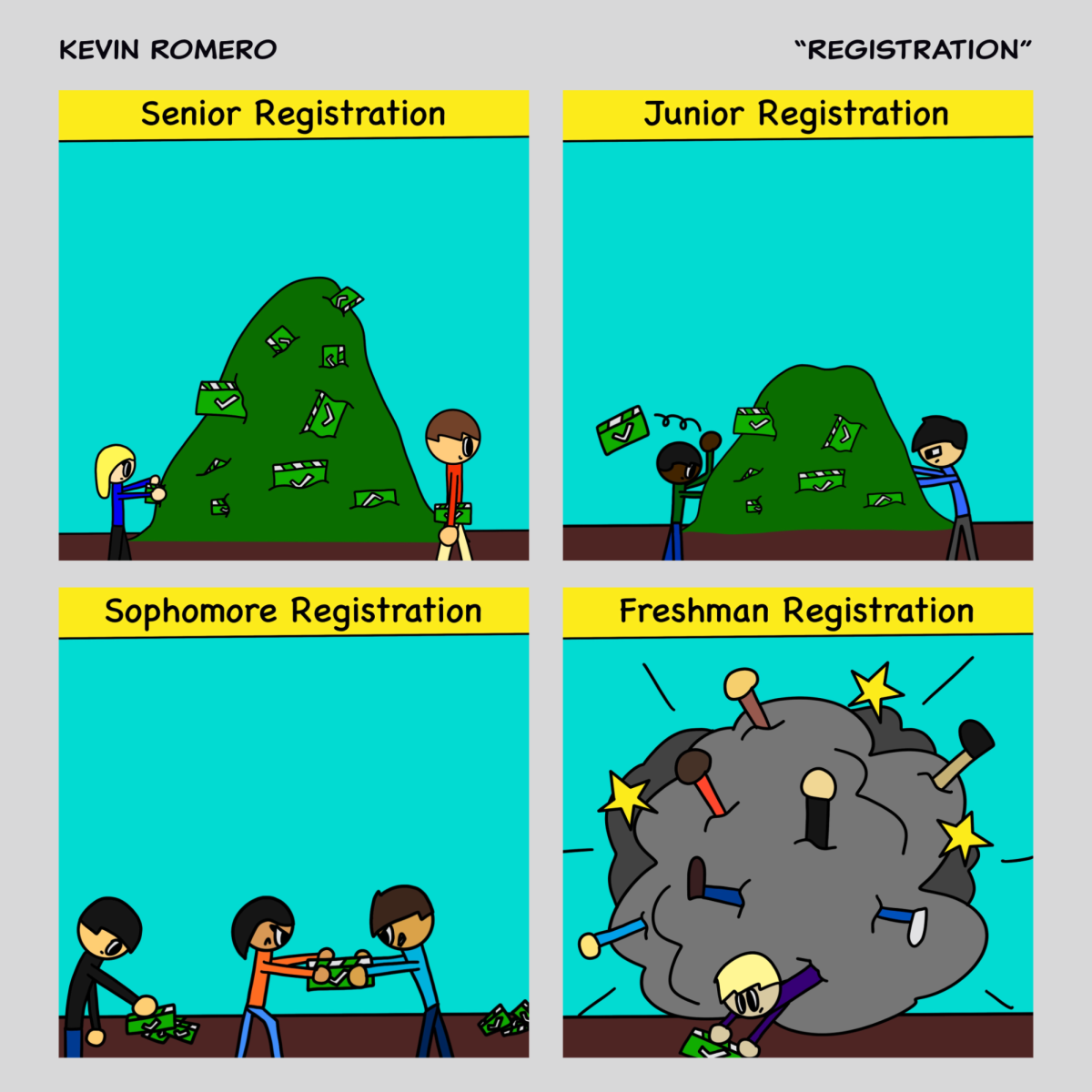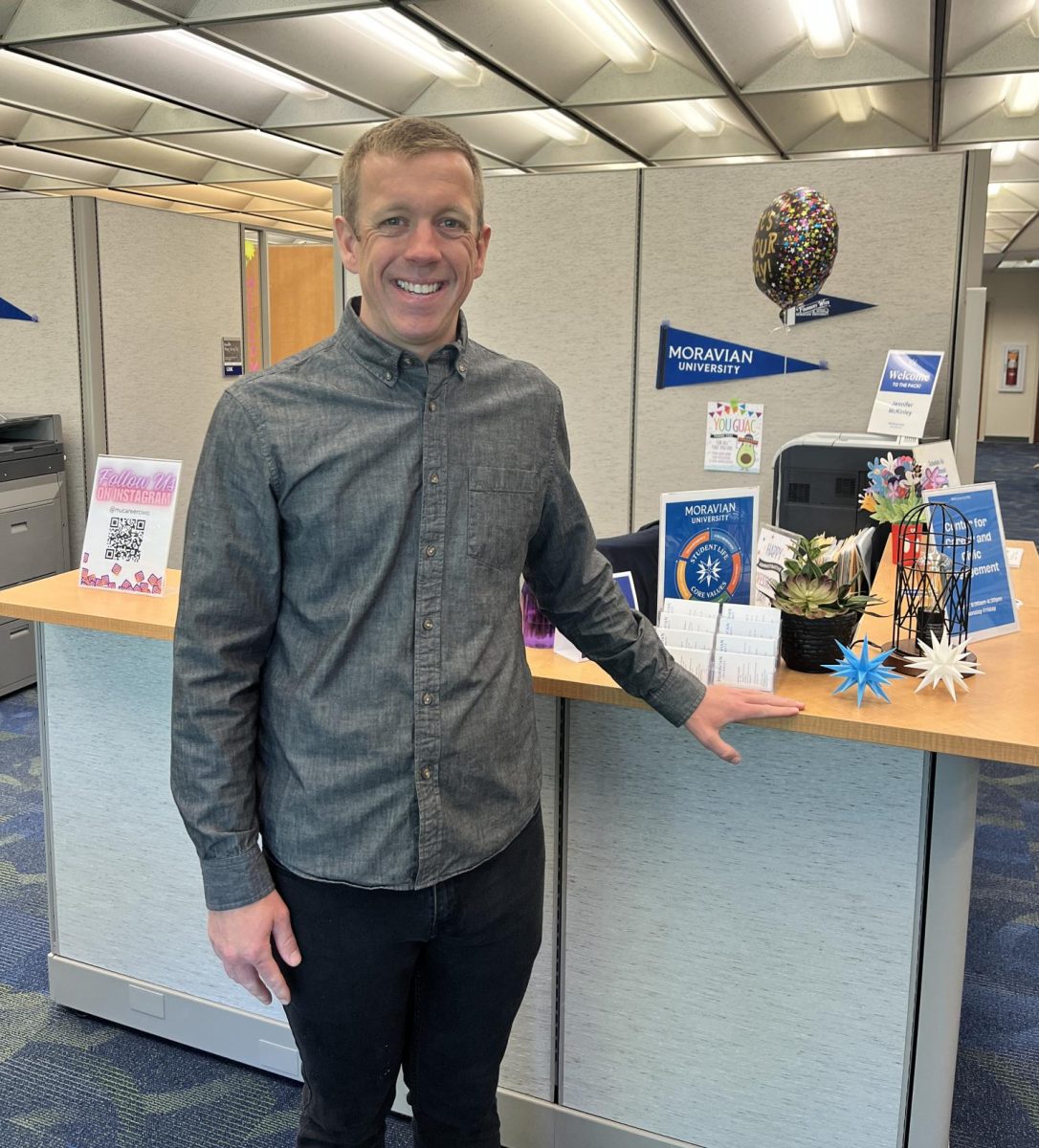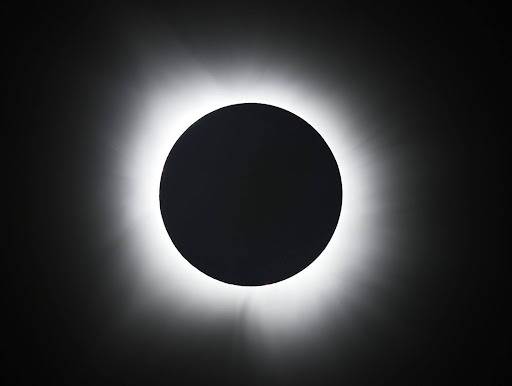
On April 8, people across North America were treated to a total solar eclipse. Events such as these are fairly common as they typically happen approximately every 18 months. However, they don’t always occur in the same location and are often only seen from fairly inaccessible locations such as the ocean.
“Scientifically, eclipses are not that important anymore,” said Moravian astronomy Professor Gary Becker. “Eclipses for the vast majority of individuals are a means to see what I believe is astronomy’s most visually awe-inspiring event.”
While eclipses may not hold much scientific significance, they are a rare and stunning sight to behold. The last one that was visible in the Lehigh Valley was in 2017 and another one won’t be seen in the contiguous United States until 2044.
To give students an educational viewing experience, five students from Becker’s astronomy class (Physics 108) organized and ran a solar eclipse viewing event. Regan Storm ‘27, Abi Rochlin ‘26, Amanda Nicolosci ‘25, Katherine Connelly ‘27, Armaan Singh ‘27, and Chris Thorn ‘25 all ran this event with locations on both North and South campus to be accessible to all students.
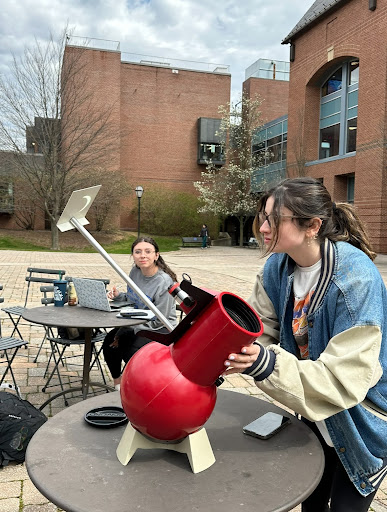
“The five students who did volunteer … wanted Moravian Hounds to view this extraordinary event in person, not as a news byte,” said Becker. “I’m exhausted and grateful for the students who volunteered.”
Additionally, Becker planned his own viewing event as he traveled with a group of two former students, Peyton Zankel ‘21 and Harley Bender ‘22, along with his teaching assistant Anthony Sparrow ‘24. Because of unpredictable weather conditions, finding a suitable location was difficult and could not be planned ahead of time.
Two days before the eclipse, Becker’s group was stationed in Albany, NY as they determined the best place for viewing would be in New England. Ultimately, the group decided to go to a church in Derby, Vermont which allowed them to view the eclipse on the church grounds and use their bathrooms.
“This was by far the most stressful eclipse chase with which I have been involved,” Becker said.
Despite the uncertain weather conditions, Becker’s group was able to see the eclipse clearly in its totality.
“Seeing totality is like a visual orgasm. There is so much happening in such a short period of time that the senses are overwhelmed,” said Becker. “Most people, after seeing one, want to see another. This was my tenth.”
Compared to the one in 2017, this eclipse occurred at the peak of the Sun’s activity cycle. Additionally, the moon was around 8,000 miles closer to the Earth so the path of totality was larger.
“I think there is something in our DNA that finds total solar eclipses both horrifying (the life-sun is gone) as well as wondrously beautiful at the same time,” said Becker. “When totality occurs it’s like someone just scored the winning touchdown in the Super Bowl. We were about four blocks away from town center and could hear the screams and shouts of viewers.”


